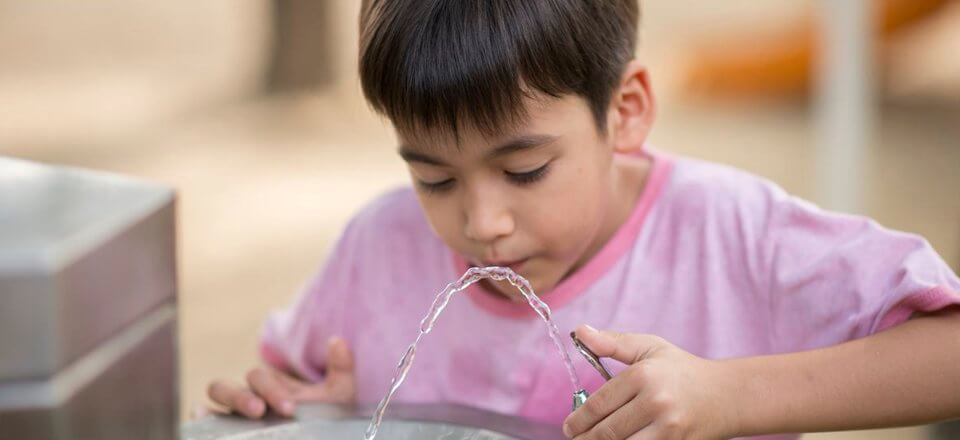
by Rus Anderson | Jan 13, 2025 | Safety
Lead is a soft, pale gray metal found naturally in the earth. It is used in paint for bridges, boats, and factories, in making batteries, and in many other products such as pottery glazes and printing inks. When lead gets into the body, it enters the bloodstream and...
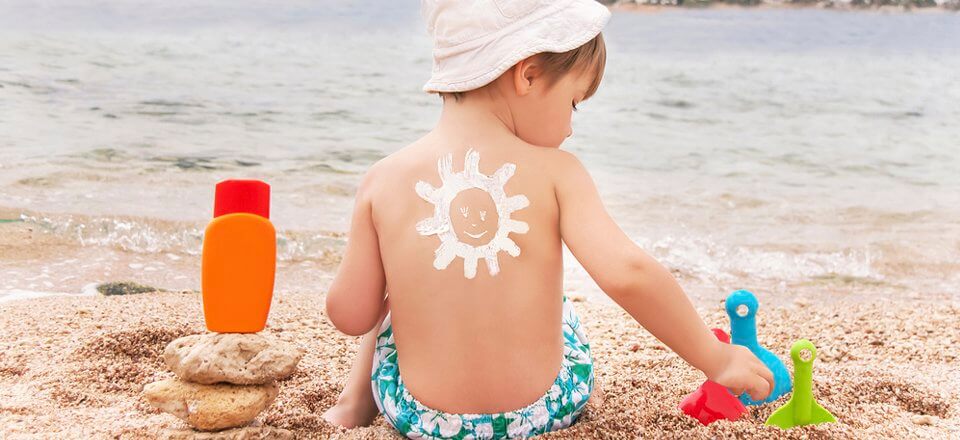
by Rus Anderson | Jan 13, 2025 | Safety
Why are physicians concerned about sunburns and suntans? For starters, too much sun exposure can cause actinic keratosis, melanomas, skin cancer and premature skin aging. They are all a nuisance and some are potential killers. These problems, as well as several...
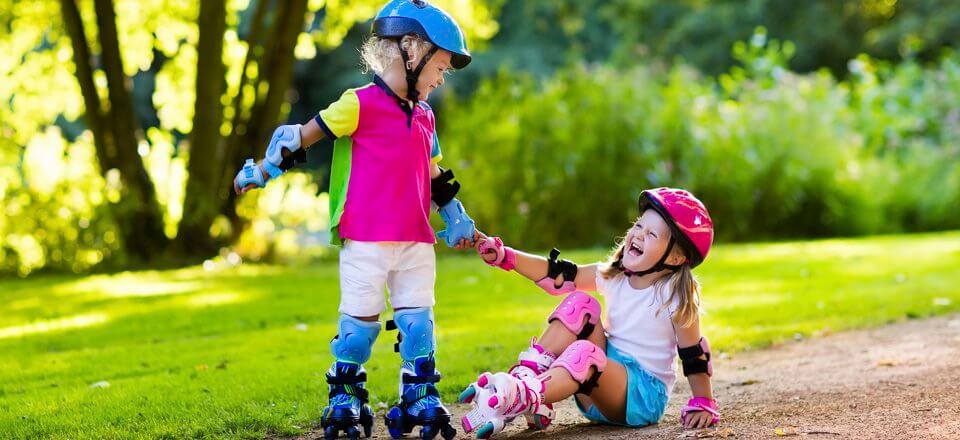
by Rus Anderson | Jan 9, 2025 | Safety
Fireworks Safety Source: aap.org Fireworks can result in severe burns, scars and disfigurement that can last a lifetime. Fireworks that are often thought to be safe, i.e. sparklers, can reach temperatures above 1000 degrees F, and can burn users and bystanders. The...
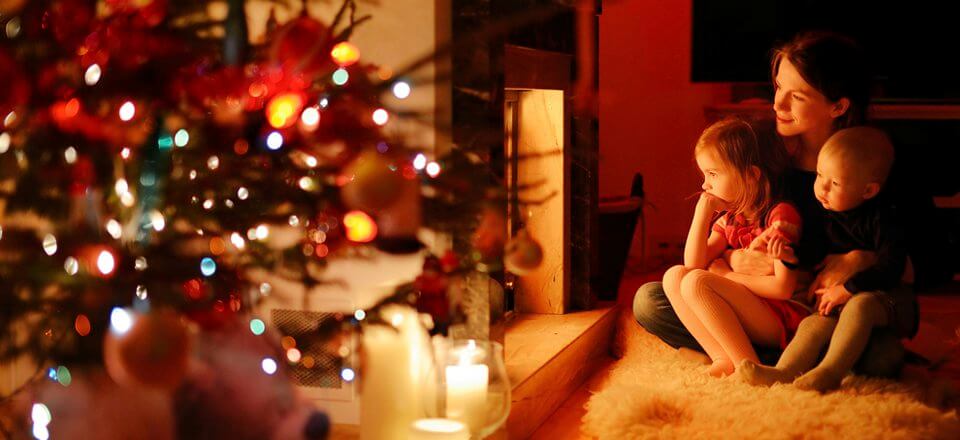
by Rus Anderson | Jan 9, 2025 | Safety
Trees When purchasing an artificial tree, look for the label “Fire Resistant.” When purchasing a live tree, check for freshness because a fresh tree is less of a fire hazard. The tree should be green, needles are hard to pull from branches and when bent between your...
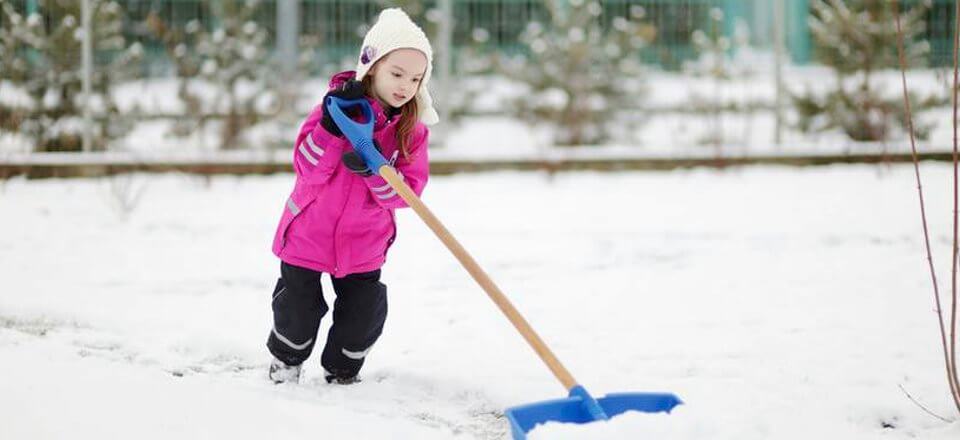
by Rus Anderson | Jan 9, 2025 | Safety
Whether winter brings severe storms, light dustings or just cold temps, the American Academy of Pediatrics has some valuable tips on how to keep your child safe and warm. What to Wear Dress infants and children warmly for outdoor activities. Several thin layers will...
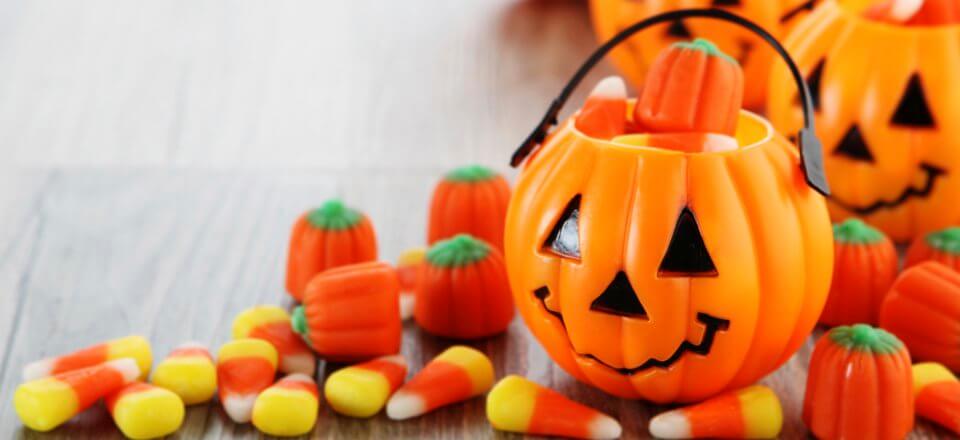
by Rus Anderson | Jan 9, 2025 | Safety
All Dressed Up: Plan costumes that are bright and reflective. Make sure that shoes fit well and that costumes are short enough to prevent tripping, entanglement or contact with flame. Consider adding reflective tape or striping to costumes and Trick-or-Treat bags for...







